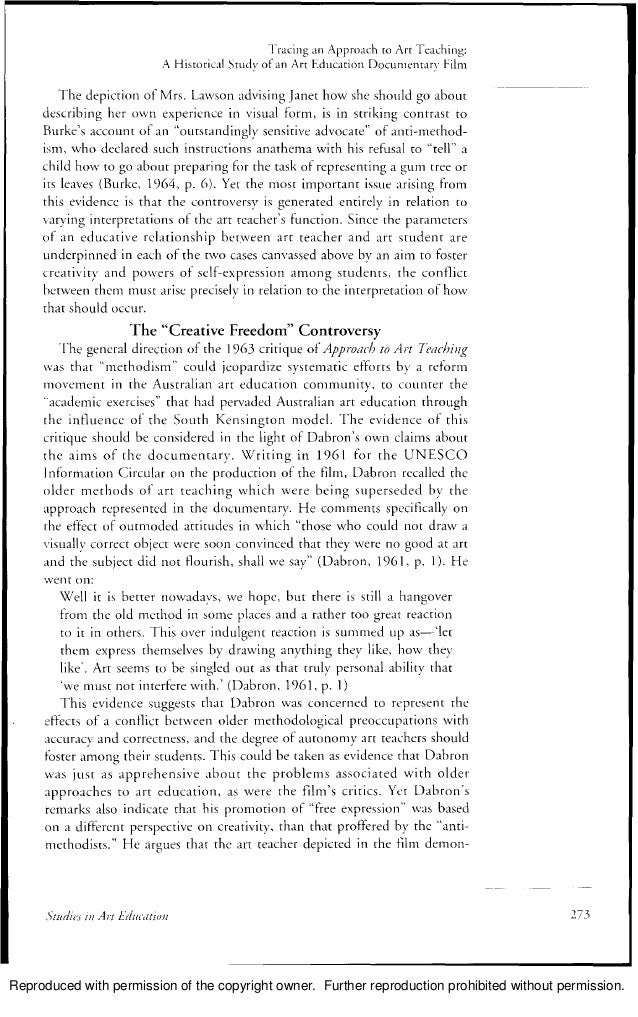

Loans used for mixed purposes, like credit card debt or other payments, are not eligible. The IRS also requires that the loan be a qualified loan, which means the loan must be used solely for educational expenses, such as room and board, tuition and fees, books and school supplies or transportation to/from school.

Additionally, the loan must have been borrowed for you, your spouse or your dependent for its interest to be deductible. However, it can’t be applied to interest on loans from family members. The student loan interest deduction can be applied to both private loans and federal loans. The Tax Cuts and Jobs Act of 2017 eliminated several deductions and increased the standard deduction but students and graduates can still benefit by deducting up to $2,500 from their modified adjusted gross income.īear in mind that the deduction isn’t a tax credit and simply means that less income is subject to your normal tax rate.įor example, a single filer with a modified adjusted gross income of $40,000 per year would be in the 22% tax bracket for 2019 and the student loan interest deduction could be worth $550. The student loan interest deduction is available even if you don’t itemize your deductions. The total savings available with the student loan interest deduction can add up to hundreds of dollars, but nearly 25% of those who pay student loans aren’t aware of the tax benefit. Similar to the mortgage interest deduction, the IRS also allows you to deduct student loan interest on your taxes - with a cap. What’s the Student Loan Interest Deduction?
#How to read people the art of deduction how to#
How to Claim the Student Loan Interest Deduction.How to Calculate the Student Loan Interest Deduction.What’s the Student Loan Interest Deduction?.


 0 kommentar(er)
0 kommentar(er)
